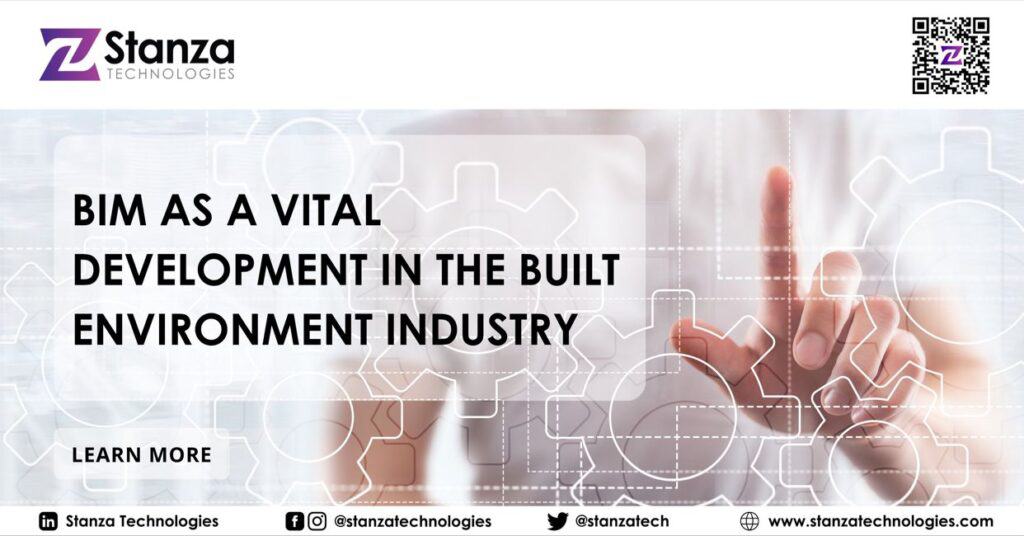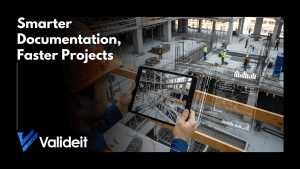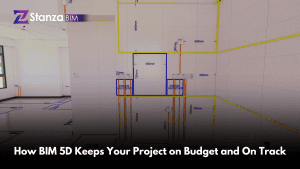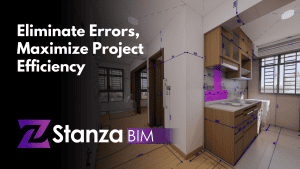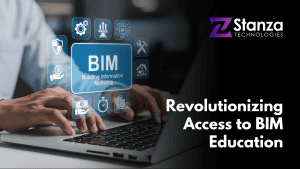There is a digital transformation happening in the built industry. Technology is innovating by using various tools to help the built industry collaborate throughout the project life cycle. The process of supporting these technological tools to generate and manage building data during its design is called BIM.
Building Information Modeling or BIM is a method of using technology to manage information in the architecture, engineering, and construction (AEC) sector. In BIM, project teams can collaborate, share information, and monitor project costs easier and more streamlined.
Why is BIM a vital development in the built environment industry?
The built industry is complex and requires open communication between design and construction teams. Delays, miscommunication, and errors result in a massive impact on the overall project. With BIM, project managers can get an immediate overview of an AEC project and any BIM object within that. BIM enables design, construction, and engineering teams to collaborate using digital technology helping large-scale projects avoid delays and run more smoothly.
The BIM process starts with capturing data about space, ready for construction to begin. It forms the foundation of the entire process, facilitating the creation of the digital model. Once data is collected, BIM projects transcend information in a common data environment (CDE). Allowing everyone working on a project to access data anywhere, maximizing collaboration and communication between project managers.
Over the coming years, BIM will be more widely adopted as the construction demand grows rapidly. BIM can help the built environment meet these demands by improving efficiency, enhancing productivity, and making collaboration easier at a reduced cost.
